When it comes to children’s mathematics enlightenment, most parents’ first reaction is to count.
If the children can count from 1 to 100, the whole family will go to the battle to applaud and wish to let the children perform whenever they meet.
But I have to say that this kind of mathematical enlightenment is wrong.
Counting is indeed a part of mathematics, but mathematical enlightenment is not just counting.
For children, simply counting and reciting pithy formulas without understanding, just like reciting Tang poems and three-character sutras, can only be counted as language expression ability, not mathematical ability at all.
Moreover, asking children to learn by rote too early will hurt the most important key to learning mathematics-the sense of numbers.
The early enlightenment of mathematics was not as simple as counting.

Is the sense of number what?
Simple understanding is to observe the world with mathematical methods and understand the mathematical relations and characteristics of objective things.
In order to help children cultivate a sense of numbers, in the early mathematics enlightenment, besides counting, children should also be taught to distinguish, classify, figure, rule and spatial relationship, etc.
Compared with < < Encyclopedia of Parenting of the American Academy of Pediatrics > >, we can see the mathematical abilities that children should possess at different ages:
2 years:
Can match the things in your hand or room with the pictures in the book;
Objects can be classified according to shape or color;
Understand the meaning of the number 2;
Can complete 3 ~ 4 pieces of jigsaw puzzles;
3 years:
:: Understanding the concept of counting;
:: Several figures are available;
:: Understanding the concepts of [the same] and [different];
4 ~ 5 years old:
Can count at least ten objects;
Can correctly recognize more than 4 colors;
· Better understanding of the concept of time;
Mathematical enlightenment is far more than [calculation]. From [counting] to [addition and subtraction], there are many important mathematical concepts between them.
It is of great benefit to the children’s future intelligence, thinking and language development to seize the children’s sensitive period of mathematics before school age, make use of the objects around them and play some mathematics enlightenment games with the children.
How should we play?
Mathematics Ability Enlightenment, A Deck of Poker Easily Handled

Many parents have bought a lot of number cards and math cards for their children’s enlightenment, but in fact, as long as they have a deck of playing cards, children can easily learn good math in middle school!
Poker is like a toy, with numbers on it, a little number, and different shapes and colors. It is ever-changing to play.
Children can recognize numbers, count, distinguish colors, compare sizes, recognize maps, recognize adjacent numbers, add and subtract operations, and can also be classified and sorted regularly according to certain characteristics.
For children of different ages, there are different ways to play games. A deck of playing cards can turn abstract mathematical knowledge into games, and children’s acceptance is higher!
I usually take Xiao Li and Xiao Zheng out of the house and put a deck of playing cards in my bag. I can play while waiting for meals and taking a bus, which will help me to pass the time.
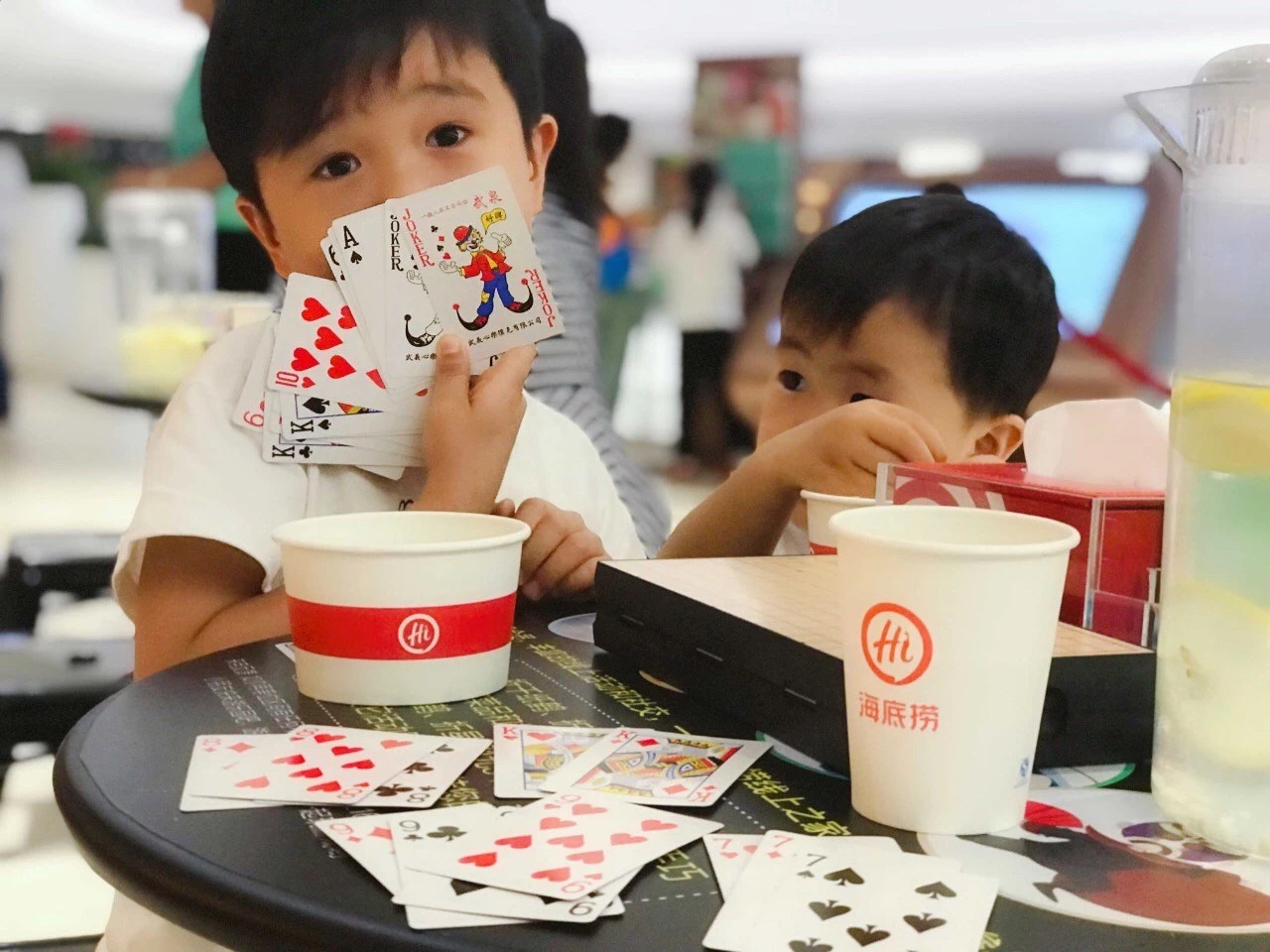
Next, I’d like to introduce some rules to you.
Step 1 Count
It is gratifying that children can count from 1 to 10 smoothly, but that is actually called [singing number], which does not mean that they really understand the relationship between number and quantity.
Parents need to help their children to correspond the number of numbers and things. At this time, playing cards will help. For example, the three patterns on playing cards and the number 3 can correspond to each other, allowing children to use action thinking to drive the concept of numbers.
· Game: Count
· Age: 0 ~ 2 years old
Play: Know and say the Arabic numerals on playing cards, such as spades 3. Children should point their fingers at the spades pattern side numbers 1, 2 and 3 one by one, and finally say the correct total number. You can also prepare some props to let children count the corresponding number of objects according to the numbers and find the corresponding playing cards.
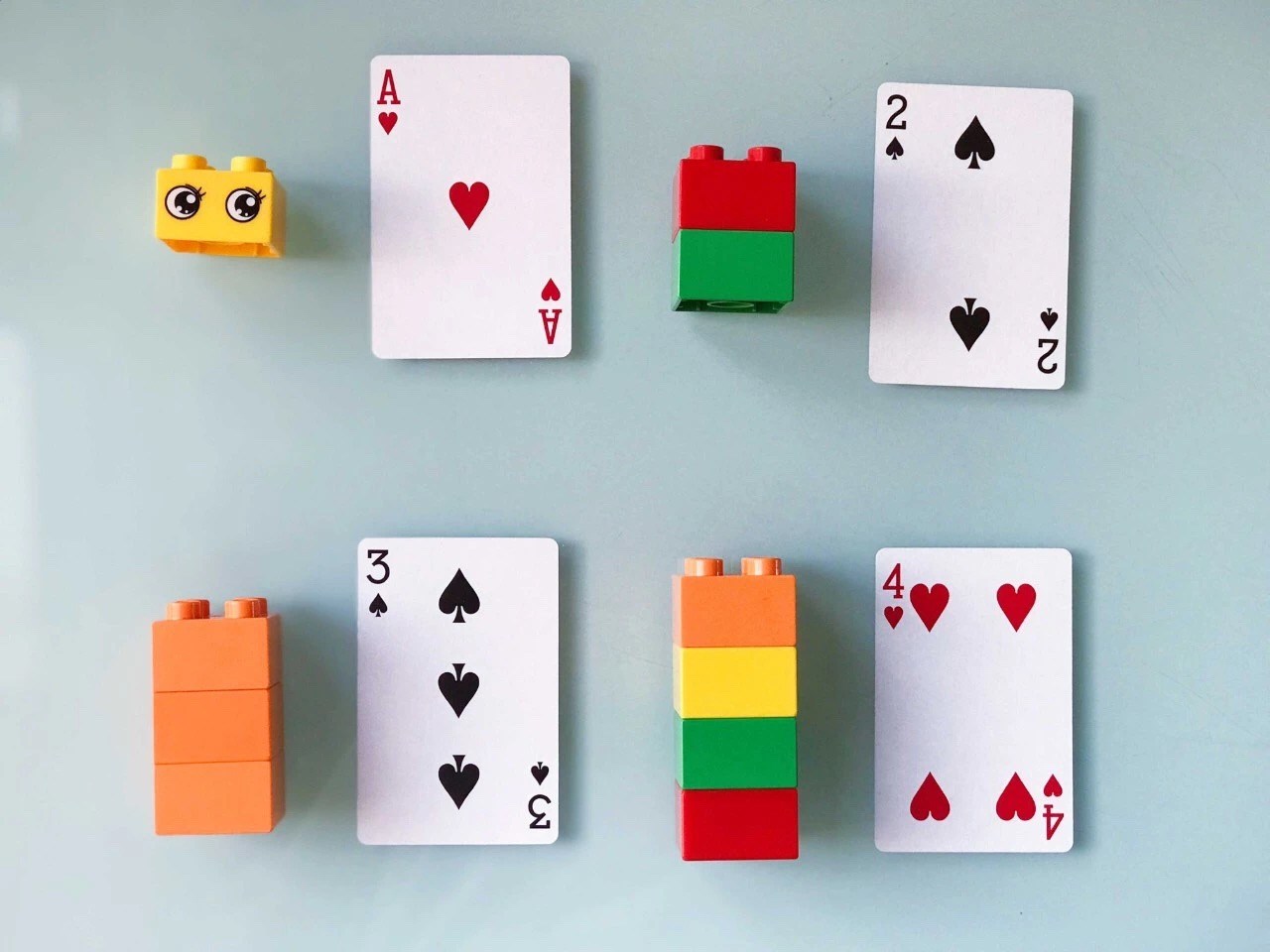
2. Classification
Classification is the most commonly used way to sort out information in daily life and is the basis of mathematical statistics.
From the time the child is almost 2 years old, we can consciously let the child understand the meaning of [category], such as the same color, shape, number, etc.
Game: Find Friends
· Age: 2-3 years old
Play:
(1) Classification by color: Parents and children take turns to turn over their cards. According to different colors, red is put together and black is put together.

(2) Classification by pattern: Parents and children stack cards one by one to see who divides the cards into four parts according to different patterns.
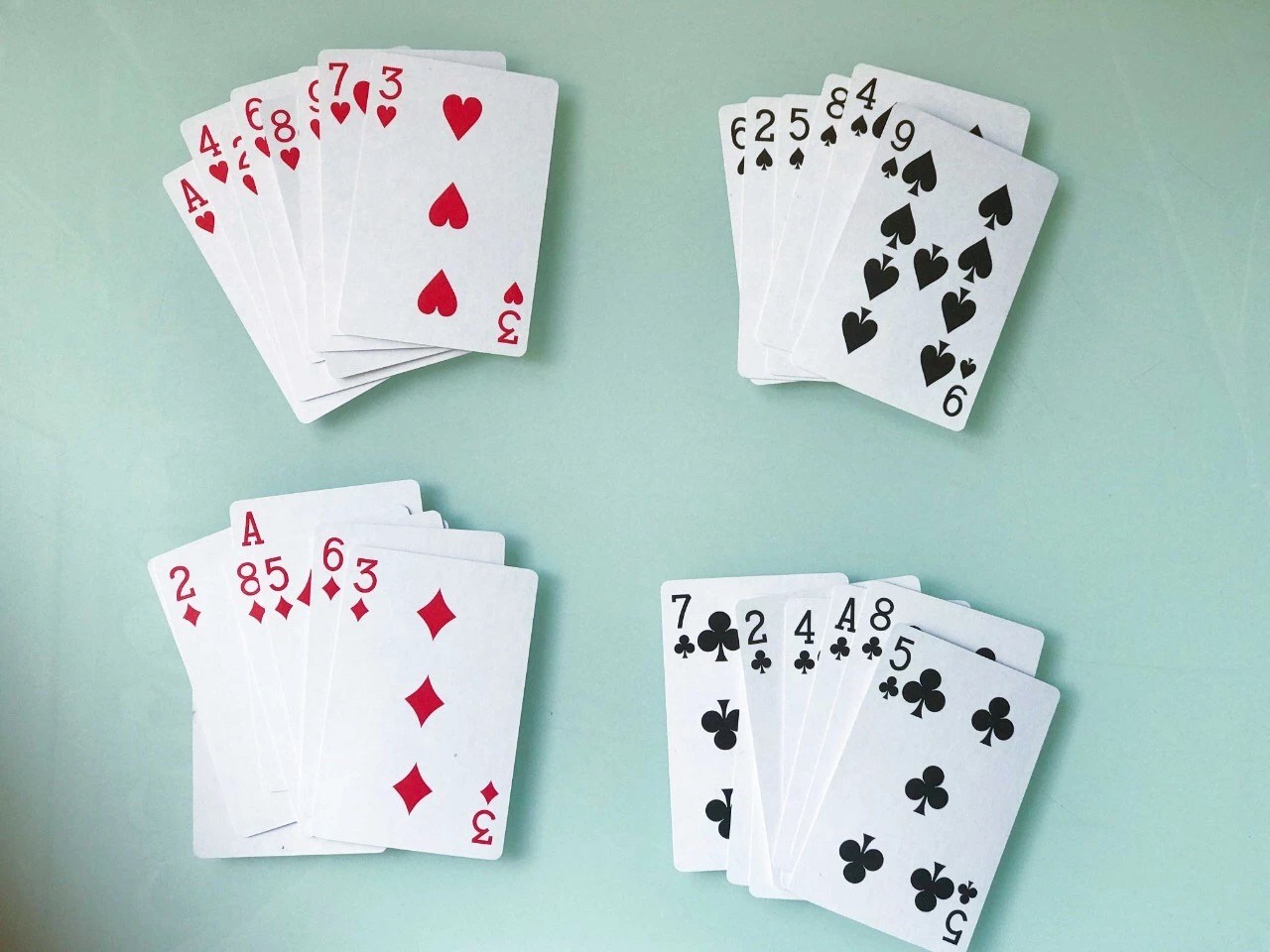
You can also set up a story: a pile of cards lost in the forest, can you send them back to your home?
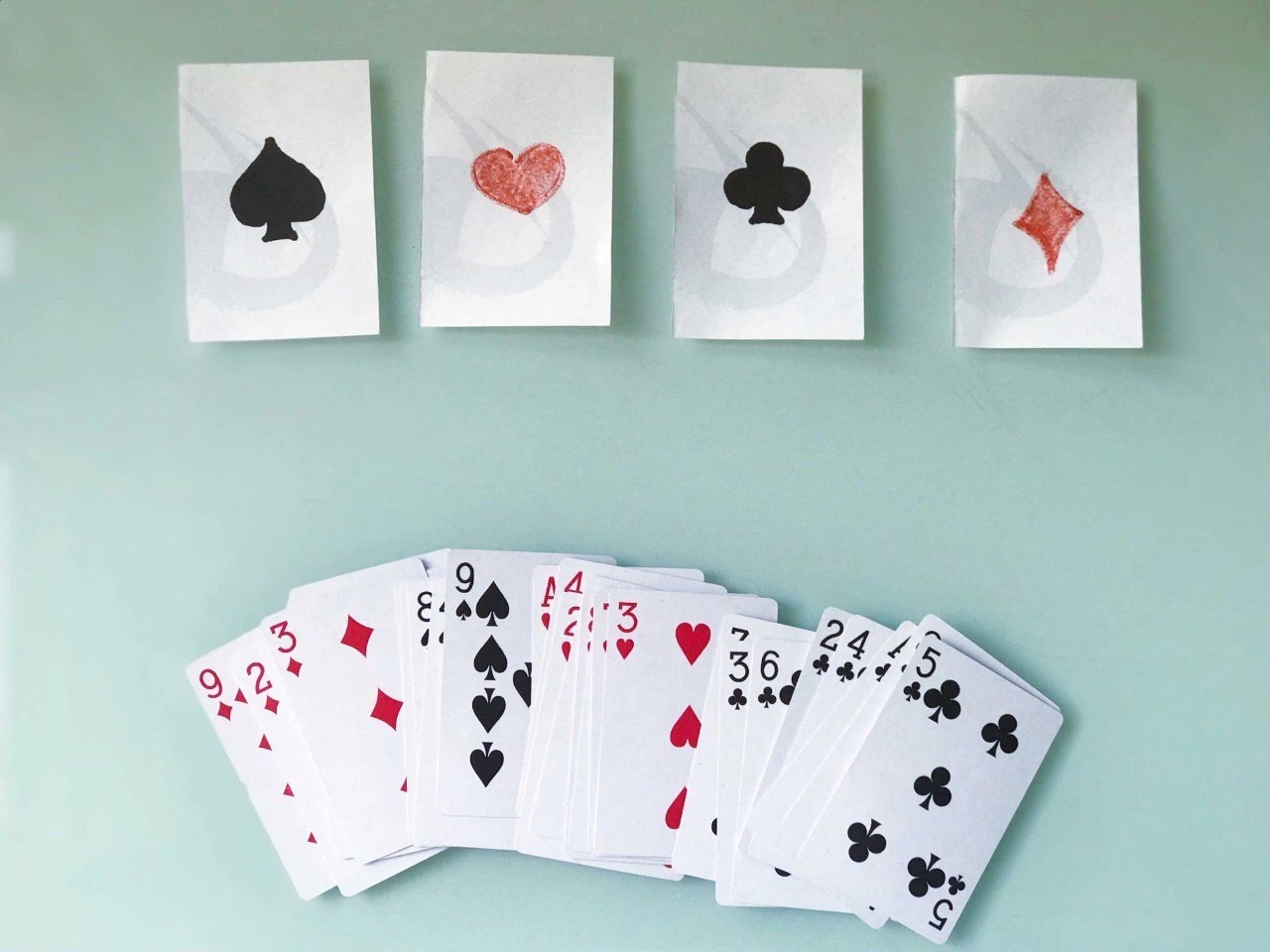
(3) Classification by Number: Children who can count do not necessarily know numbers. This method can help children distinguish each number well.
Each number has 4 cards, and each classification is equivalent to allowing children to find the same number 4 times to strengthen their impression.

3. Size
One-year-old babies can begin to understand the concept of [size].
Parents can ask their children more in life: Which apple is big and which apple is small? Which car is big and which is small?
When the baby reaches the age of two or three, parents can begin to tell him the concepts of “big, bigger, largest” and “small, smaller, smallest” in numbers.
· Game: Eat You
· Age: 3-5 years old
Play: Parents and children stack cards one by one and say [123, eat you].
Speaking of the word [you], each player plays a card and compares the sizes of the two numbers.
The card with the largest number [eats] the card with the smaller number. If the two cards are the same size, they will take back each other. Most of the cards [eats] are the winners.
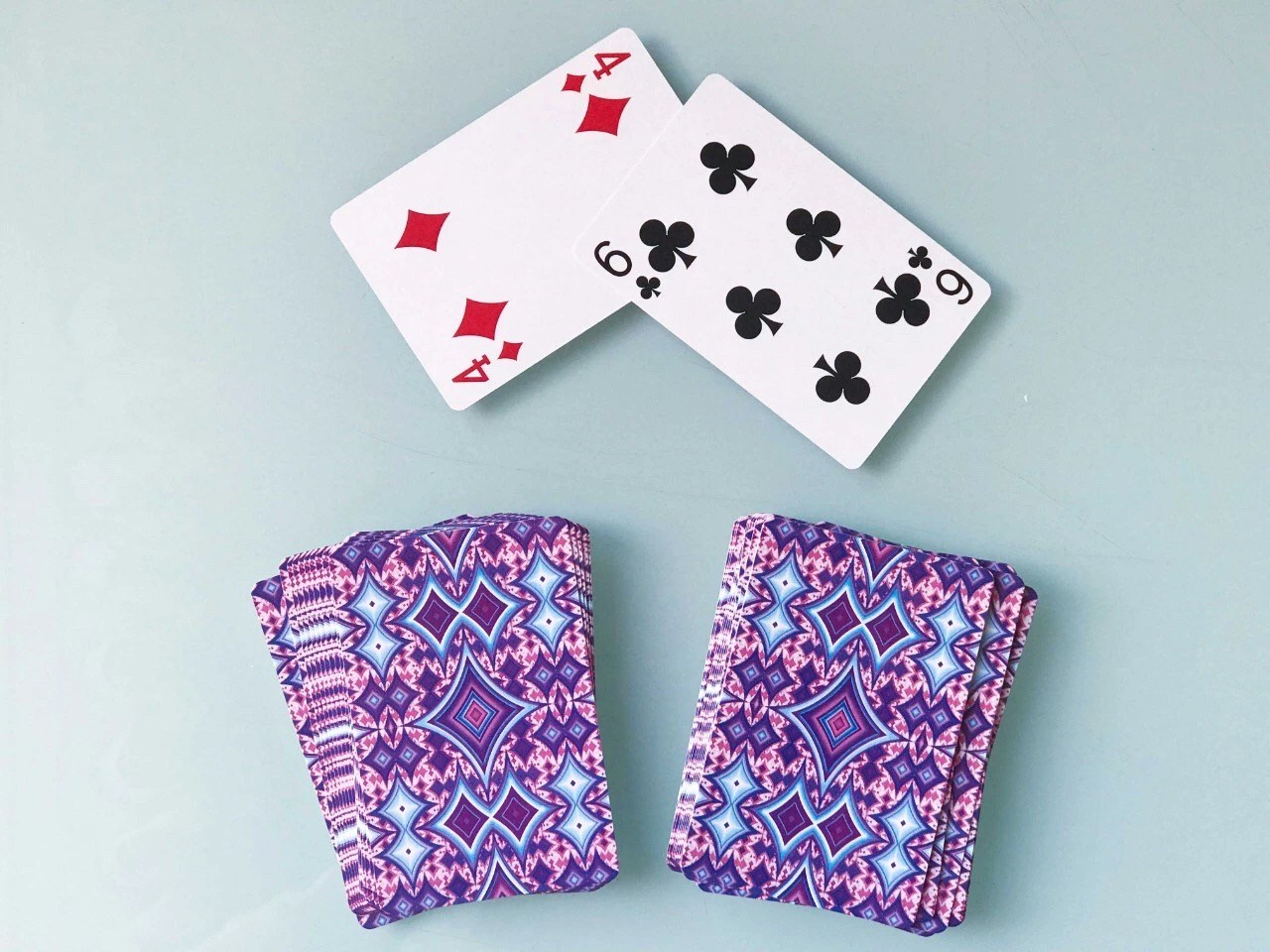
4. Shape
The cognition of shape and color is the basis for children to further master logic, classification and induction.
Compared with the abstract description with children [triangles are three sides and three corners], it is better for children to master abstract geometric knowledge by effectively perceiving shapes with eyes, hands and brains and looking for shape features in jigsaw puzzles.
Game: Spell it
· Age: 2-3 years old
Play: Guide children to distinguish different shapes, find the missing parts of playing cards, and make puzzles.

5. Observation and Memory
Observing the differences of things, generating memories and finding differences are the basis for developing children’s spatial imagination and judgment in mathematics.
· Game: Who is missing
· Age: 3-4 years old
Play: The mother acts as the referee and arranges 6 playing cards in two rows at will so that the child and father can close their eyes.
The mother covered any card, then asked the child and father to open their eyes and say which card was hidden.
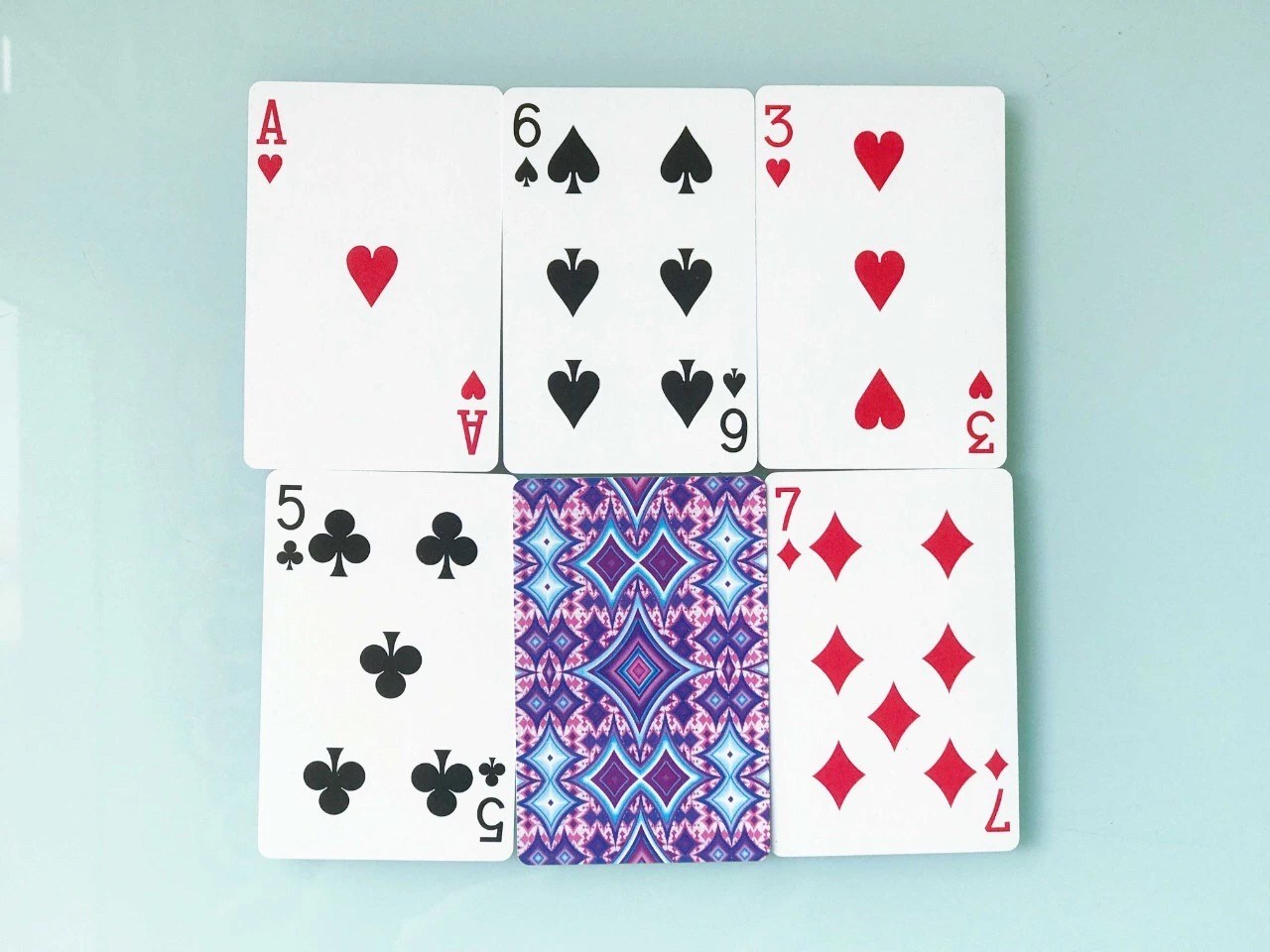
STEP 6 Tighten up
Ten methods are concepts that children need to understand before learning addition and subtraction.
There is a key point here, the number addition of real objects is only a tool, the key is to let children see the meaning of numbers on paper.
Correspondence between physical objects and numbers is the earliest enlightenment core of addition and subtraction.
· Game: Ten Ways
· Age: 4-5 years old
Play: According to the numbers on the card surface, put out props, which can be building blocks, music and other small objects, so that children can find out the playing cards that can smoothly gather together ten, so that the number can gather together ten.
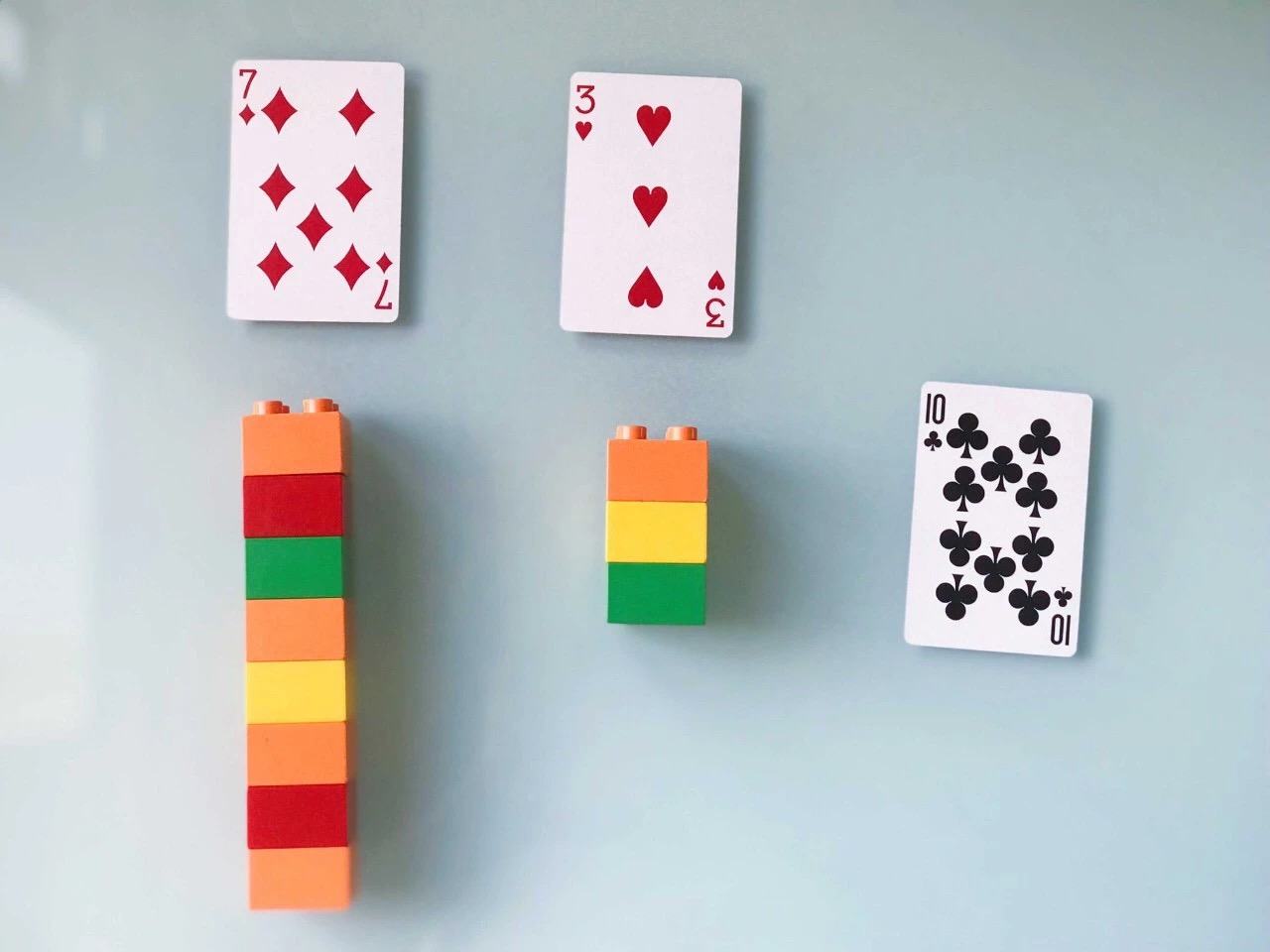
7. Ordinal number
The understanding of numbers has the two most important concepts of cardinal number and ordinal number, that is, the distinction between several and several.
For children under 2 years old, even if they can count the 7 apples on the table skillfully, they will still be confused to find the third one from the left.
Try the following small games.
· Game: Look for it
· Age: 3-4 years old
Play: Randomly arrange the playing cards into several rows, each with 7 cards.
The mother randomly reads a request, such as [find the cards with the number 2 in the second row], so that the child can find it quickly.
Children need to know the difference between [second row] and [number 2].

8. Rule
Three or four-year-old babies can begin to understand [rules].
For example, traffic lights, the cycle flashing rule is green, yellow, red, green, yellow, red……
Let the child observe and predict, which color will the next lamp be?
Poker can also play this kind of game.
· Game: Look for it
· Age: 4-5 years old
Play:
(1) According to the color to find the rule: first put out the first few, such as [red-black-red-? ] Wait, let the child continue to place the cards behind according to the color rule.
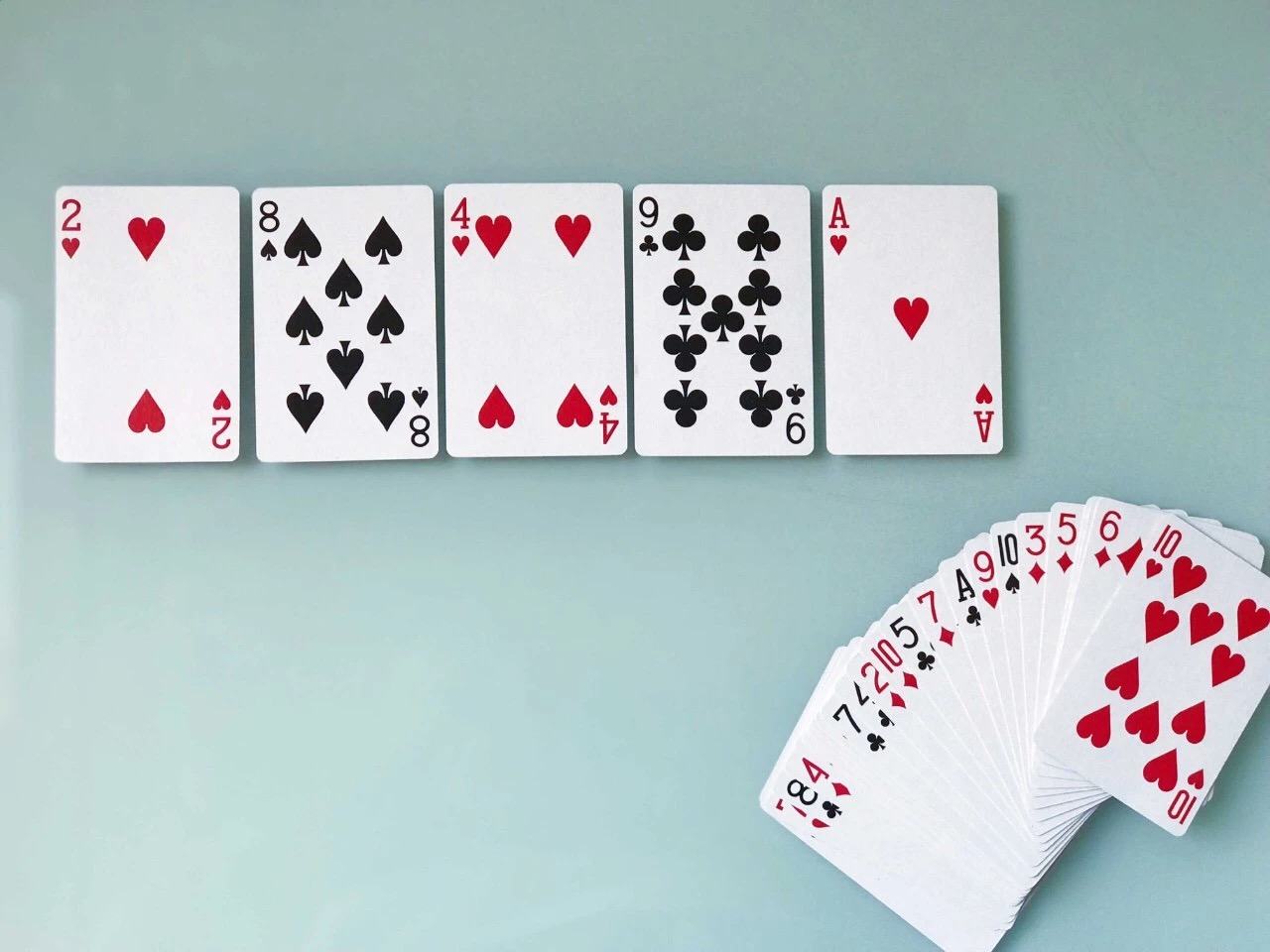 Photo Source: Provided by Author
Photo Source: Provided by Author
(2) According to the figure to find the rule: first put out the first few, such as [square-hearts-plum blossom-square-? ] and so on, let the child continue to place the cards behind according to the pattern.
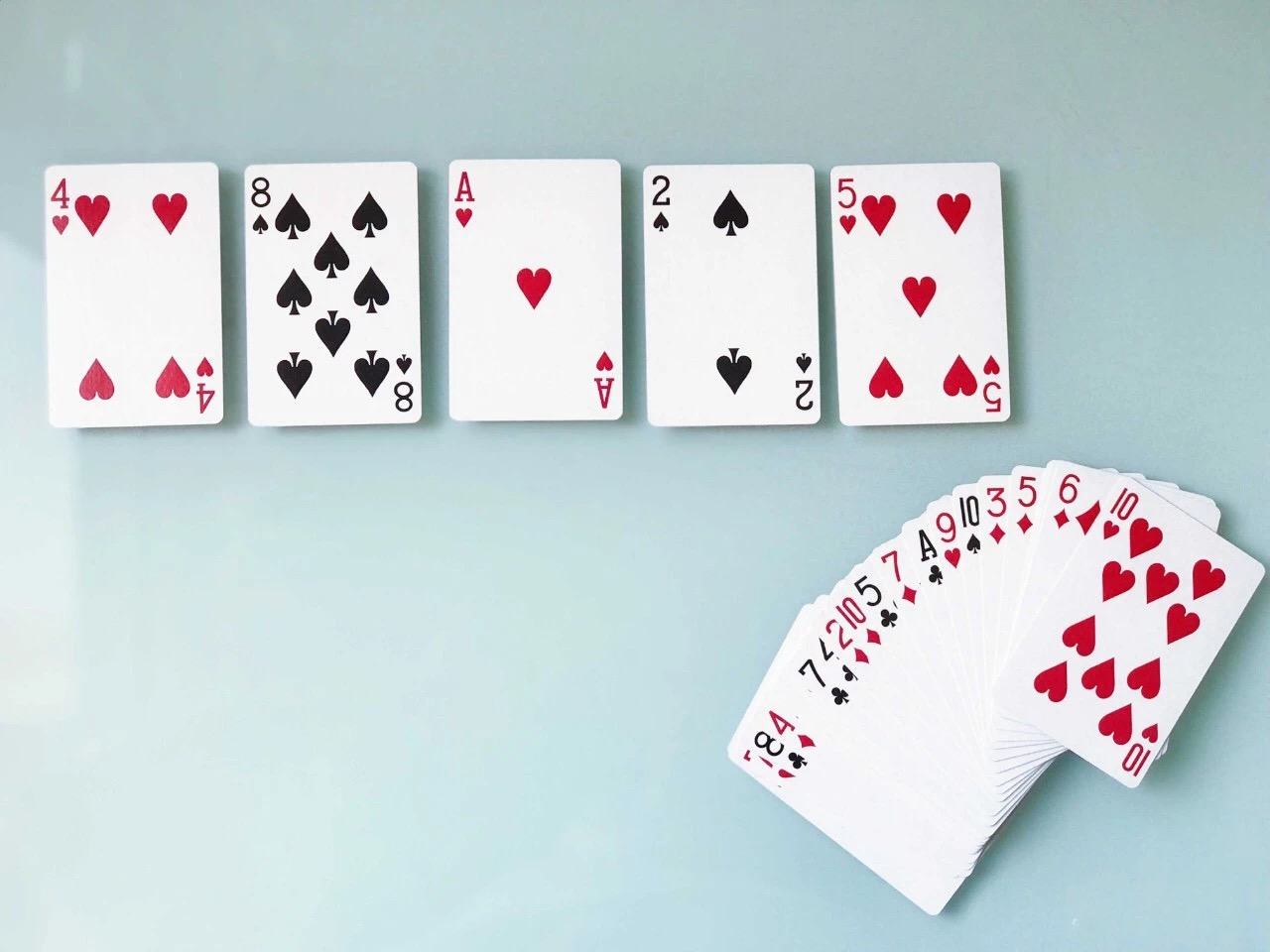
(3) According to the number to find the rule: first put out the first few, for example [1-2-3-1-2-? ] Wait, let the child continue to place the cards behind according to the rule of numbers.

Look, the early math enlightenment can clearly be so interesting that it is no longer necessary for Eva to memorize by rote!
The math skills that preschool children need to master can be done with fun-filled poker games, and each game can also create its own changeable playing methods.
